There are a lot of new, first-time gun owners out there, and I thought I’d take a moment to make ballistics visualized to help new gun owners with explaining how ballistics work with an easy-to-see and do object lesson. This article isn’t exactly meant for our faithful readers that are already aware of how ballistics work, but they’re certainly free to comment if I’ve missed anything or if they have other suggestions on how they explain the topic. Without further ado, if you’ve recently joined the masses in exercising your right to own firearms and you’d like to know how to get your bullets on target, here are some things to consider.
Ballistic Topics @ TFB:
- Bushnell Launches New Ballistics Calculator App
- Ballistics Testing Through An Actual House with Valor Ridge
- Ballistics 101 Series
- Common Ballistics Terms by Guns & Ammo
BALLISTICS VISUALIZED – ELEVATION
At short distances (zero to 25 yards), bullets are basically going straight, or are just slightly being affected by gravity. However, the further the target, gravity is going to have a greater effect on that bullet, so to compensate, we need to adjust our sights to aim our muzzle higher to increase the arc of the bullet, while our eyes and sights remain on what we want to hit. To illustrate this effect, I used my garden hose and watered the garden at the same time. Spraying a target (a garden stake in this illustration) at even 15 yards lets us see that gravity is at play heavily on the water exiting the hose, and in the following photo, you can see I had to compensate by aiming high so that my bullets water hit the garden stake. On a shooting range, gravity will have this effect on bullets from pistols, shotguns and rifles to varying degrees, and that arc will be more exaggerated the further the distance is to the target.
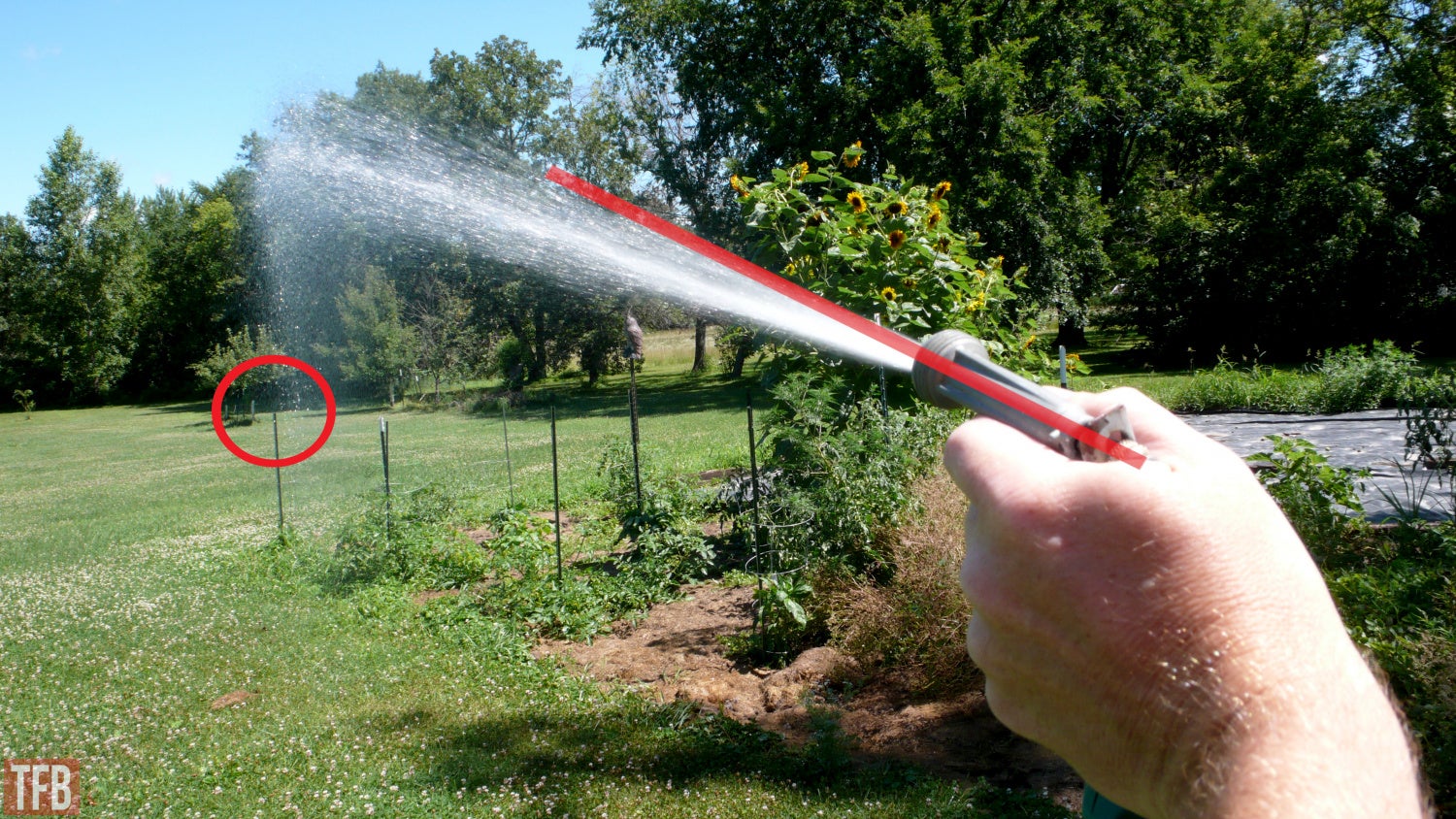
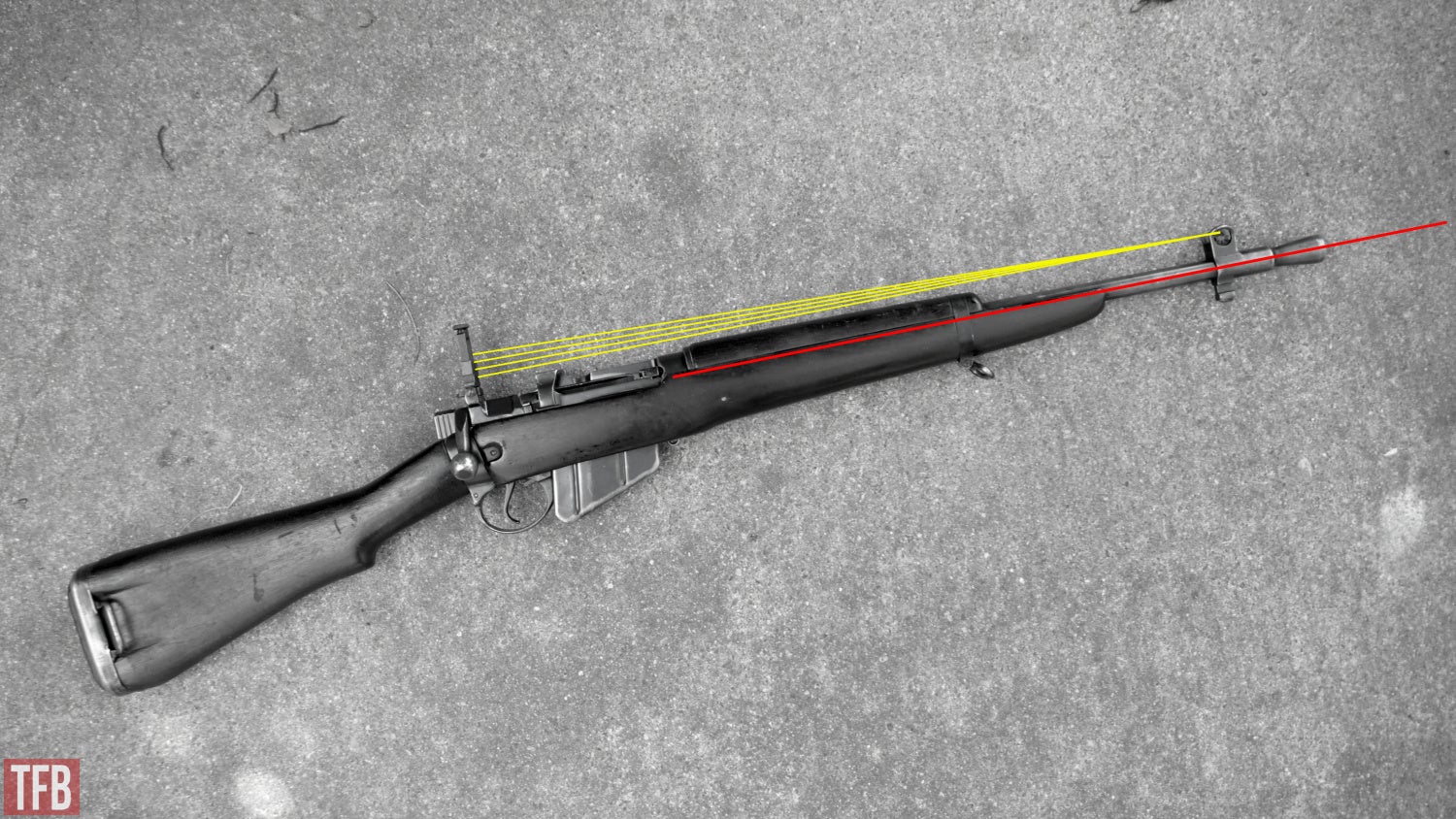
This Enfield No.5 Mk1 uses an adjustable rear sight that adjusts the line of sight for the shooter based on the estimated range of the target. The shooter keeps his adjusted sights on the target regardless of the distance, but the higher sight angle forces the shooter to raise the barrel upward to arc the bullet’s trajectory.

The Enfield’s graduated sights go from 200 to 800 yards.
BALLISTICS VISUALIZED – WINDAGE
Again, at short distances, the wind doesn’t affect bullets too much, however, the longer the range between the gun and the target, even a slight amount of wind can alter the course of the bullet. As you can see in the following photo, a steady 10 to 15mph wind blew my stream of water quite off course, and again, I had to compensate to get the water on target, while at the same time, adjusting high to combat gravity.
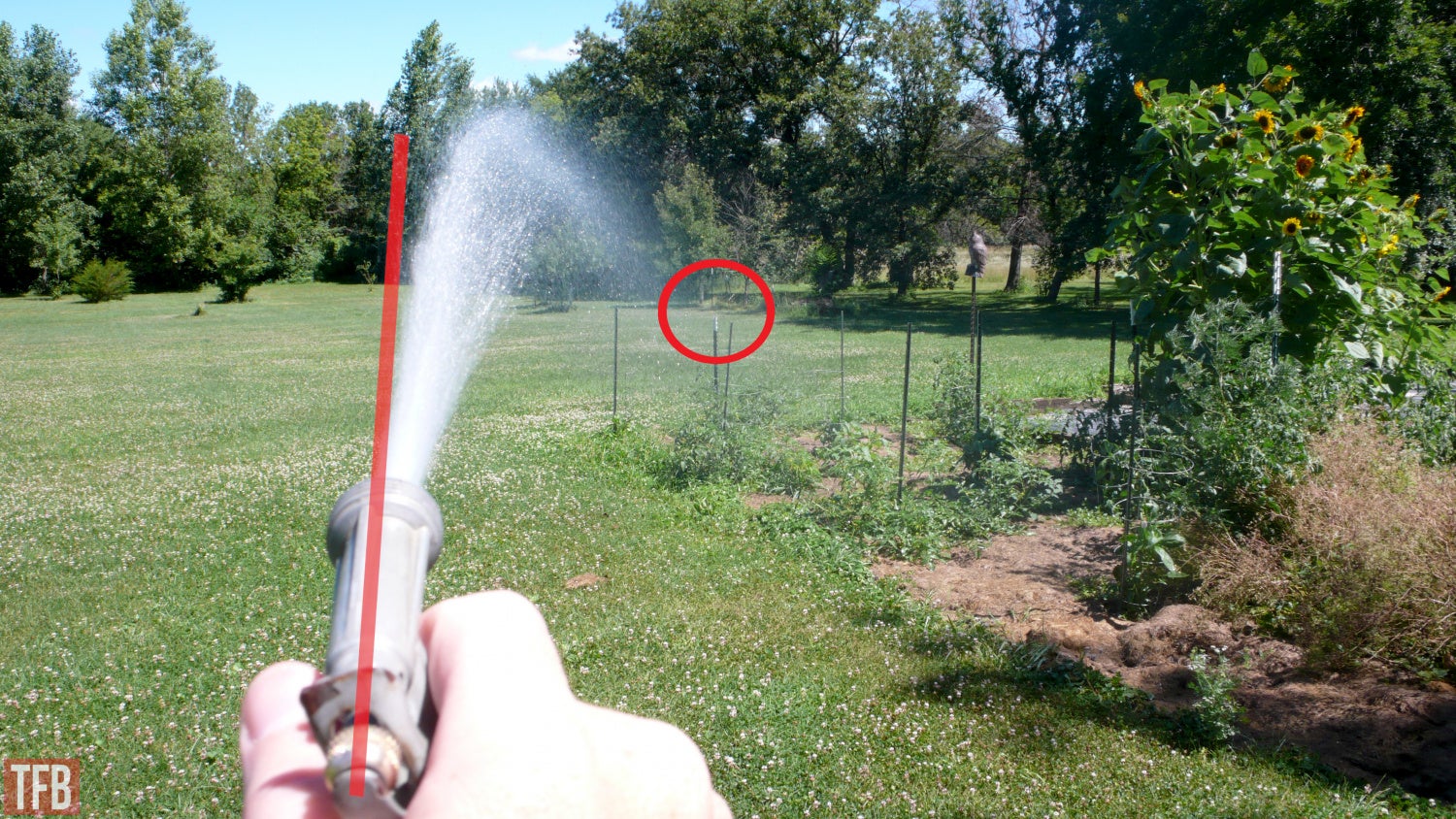
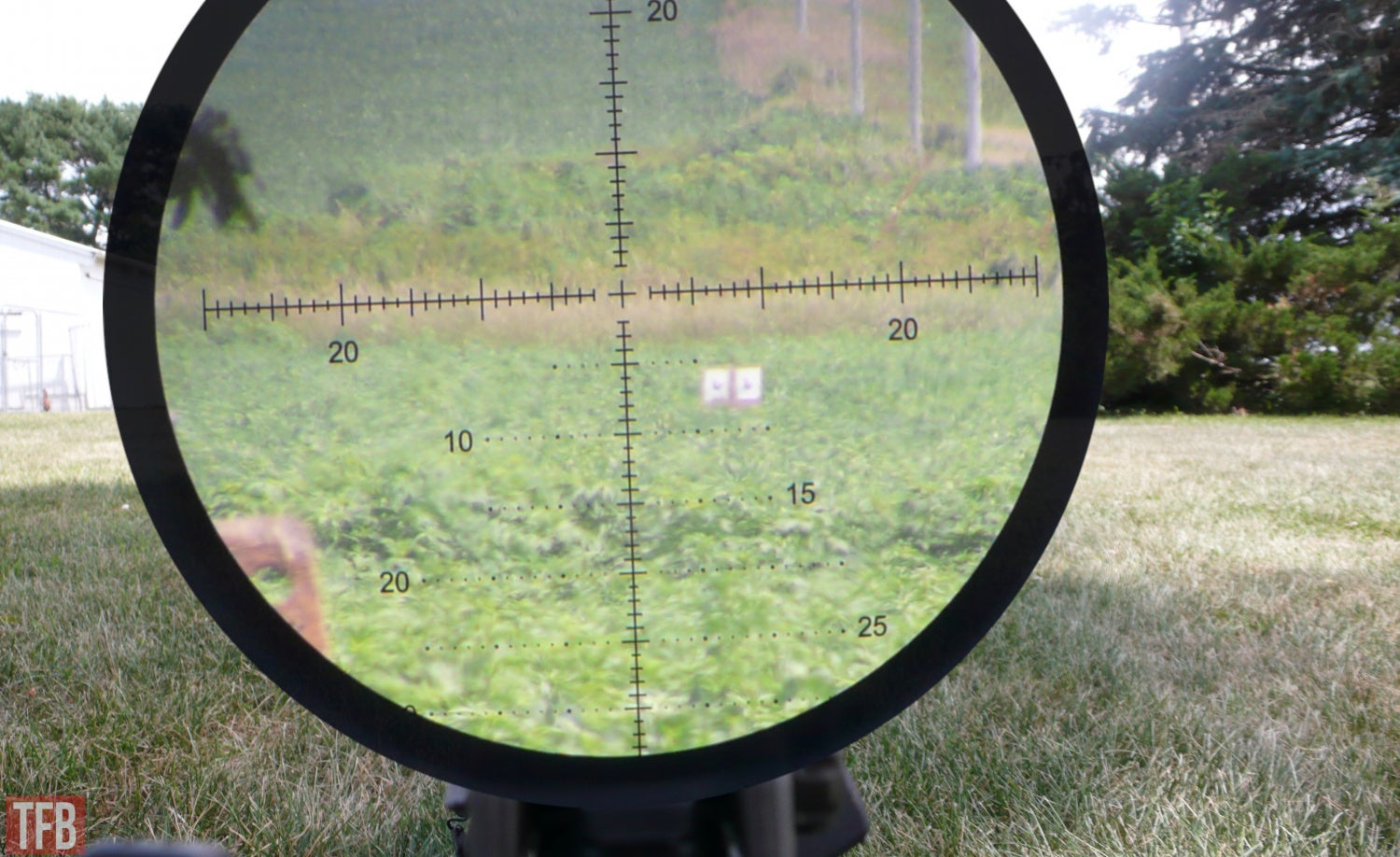
Some rifle scopes have reticles that give points of reference when shooting in windy conditions, or the crosshair can be moved by the turrets to where the bullet should strike. This target was at 500 yards. I was using the Athlon HELOS BTR in 4-20×50 (review inbound soon). When using iron sights instead of an optic, your rifle may or may not have a windage adjustment, which is where the term “Kentucky Windage” comes in and you guess. Through experience, it becomes less of a guessing game.
BALLISTICS VISUALIZED – VARIABLES THAT MATTER
Most modern calibers have at least two or three bullet weight options, with perhaps as many as 20, and most will have varying amounts of gunpowder to launch them, which creates a wide spectrum of potential ballistics within one caliber. Going back to our garden hose illustration, you can see the bluish-purple section of the spray, some of which is falling short of the target, some is falling behind it, while a small narrow stream is actually striking the target. The droplets falling short could represent heavier bullets, or lighter bullets that either don’t have enough oompf or haven’t been aimed high enough. Conversely, the droplets going beyond the target represent bullets with more power behind them or have been arced too steeply.
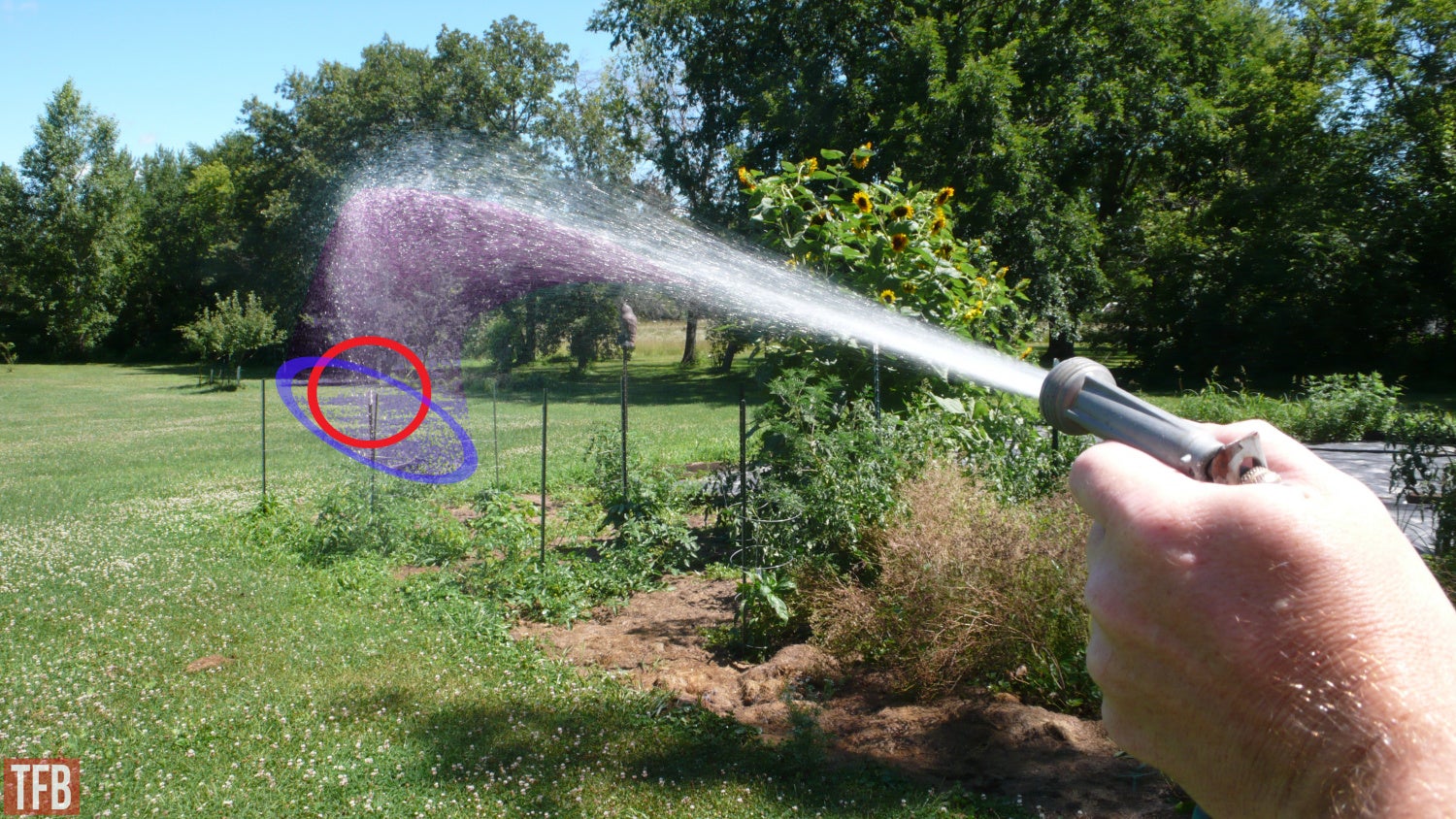

All of these loadings will behave differently from each other, but your barrel may like one more than the others.
FINAL THOUGHTS
While this object lesson will be most relevant with rifles, it still applies to pistols and shotguns when reaching out past 50 yards, and I hope this visual aid will help some new and future gun owners out there. I recommend finding a ballistics calculator to help you get on target. I prefer Hornady’s free calculator myself, but there are plenty of them out there. I also recommend this article for estimating velocities from your barrel length, which also matters if you want to be more precise. Whichever gun you want to learn on, consider that it will take more than one box of ammunition to learn the fundamentals, but having a patient, knowledgeable instructor may help it go a bit quicker.
For any new shooters out there, was this a helpful visualization of ballistics? What do our regular readers think? Does this object lesson hold water?
 Your Privacy Choices
Your Privacy Choices
